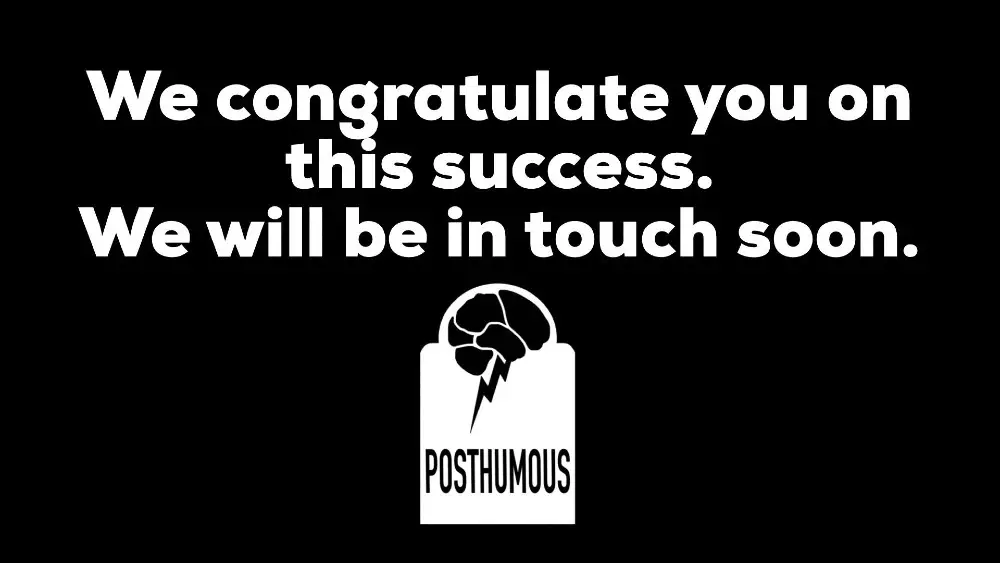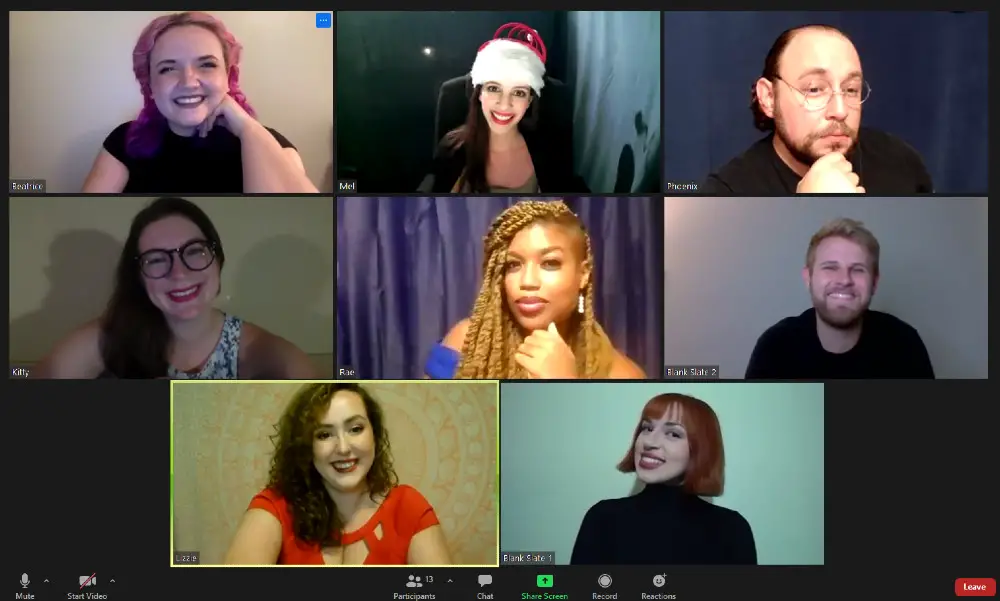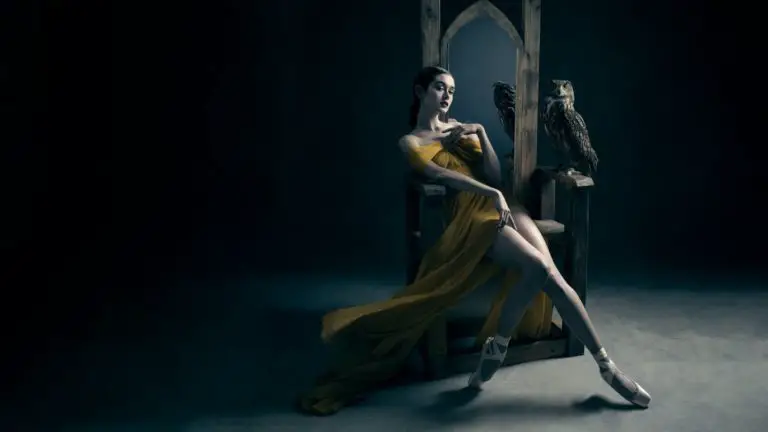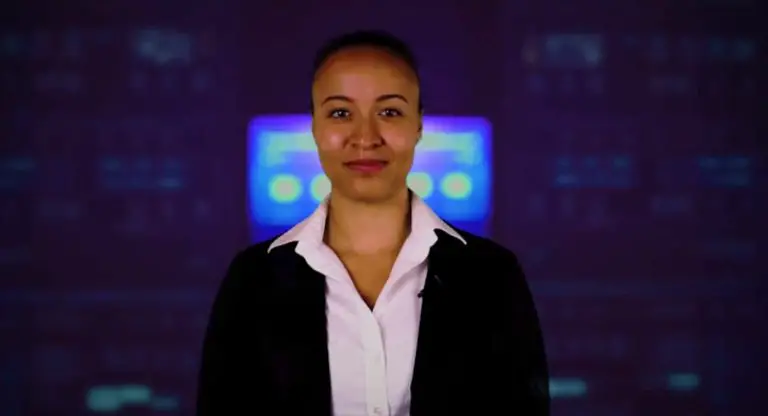I’m one of around about twenty trainees hired by Posthumous, a slick corporate operation which provides “afterlife programs,” essentially a digital consciousness upload akin to the “San Junipero” episode of Black Mirror. My group is working with Blank Slate One, a red-haired woman and a former singer at a nightclub. Currently we’re examining one of her memories, hoping to dig out information we can feed our amnesiac songbird to help her remember who she was. The memory in question involves a conversation with a woman named Mel at a company holiday party. Sadly, it rapidly becomes obvious that Mel did not care for our client. “What the hell are you thinking?!” Mel hisses. “Did you think you could show up at the company holiday party with Lizzie last year, and Bailey this year, and no-one would talk?” recovery
Phoenix Tears Productions’ Recovery
Recovery is a roughly ninety-minute, track-based remote immersive theater experience created by Orlando-based Phoenix Tears Productions. Performed over Zoom, around twenty participants take on the role of a newly-hired trainee of fictional company Posthumous, one of several firms that offer its clients a digital afterlife once their physical bodies are no longer viable. Under the guidance of more established employees Phoenix (William McCoy) and Beatrice (Megan Markham), their first task with the company is to help prepare Blank Slates One and Two (Michelle Papaycik and Timothy Watt, respectively) for the hereafter Posthumous offers.
Participants spend much of Recovery split into one of two teams corresponding to their assigned track, focusing on one of the Blank Slates. While parts of the experience involve everyone together in the primary Zoom chat, participants spend much of Recovery in a breakout room corresponding to their track where they observe, then question characters from their assigned Blank Slate’s memory. The answers received are then shared with the Slates to help them recover their memories from when they were living. With each name, fact, or event imparted, the Slate comes alive, regaining more and more of their former self and adding their own context and perspective. The show concludes with one of four possible endings, depending on the Blank Slates’ decisions, and the evening finishes with a brief Q&A with the cast and crew.

An Interactive Experience
Recovery leverages a format that relies heavily on participants being engaged and interactive. The show makes a big point of emphasizing during the orientation sequence that both active participation and good Zoom etiquette are essential to getting the most out of the experience. However, those who would rather observe are able to turn off their audio and video so they can watch from a distance. Allowing the option to observe is generally a good move for remote experiences, since it makes them more accessible to guests who might be unsure of interacting. Interaction-heavy experiences like Recovery will suffer from too many passive folks, so it might make sense in the future to have separate tiers for active and passive participants, like ABC Projects did with C(ovell) In the C(loud). However, Phoenix Tears Productions is up front that active participation is central to the experience.
A Fleshed-Out World
While Recovery is ostensibly about death and the afterlife, it is also largely about relationships. Similar to Like Real People Do, it focuses on how the Blank Slates are connected to the people in their former lives, and much of the character arcs involve examining and processing memories centered around those most important to us. There’s also a lot of lore in the background. Characters obviously have fleshed-out histories and personalities that inform their improvised and semi-improvised responses; Phoenix Tears Productions clearly spent a fair bit of time world-building. While the broader world of Recovery isn’t comprehensively explored, it doesn’t seem like it would be too much of a stretch to add some more narrative about the various companies that provide digital afterlives – and how the different characters feel about and are connected to them.
In truth, it’s entirely possible that a future version of Recovery might do just that. During the post-show Q&A this reviewer attended, director Mallory Vance made a point of saying how this run of Recovery is a test case; the goal is to create an expanded version of the show based on lessons learned from the current run. While Recovery works just fine on its own, if the show is built out further it might be fun to get a little deeper into the story of Posthumous and its competitors – perhaps planting moles from another firm, or working in hints that these afterlife companies may not be quite what they seem. If there was one narrative weakness in Recovery, it’s that it didn’t seem there was a compelling reason to discourage the Blank Slates from saying “yes” to the Posthumous program beyond simply wanting to try and break the game. Making things a little more ambiguous would likely prove a welcome improvement to an already great production.

Cast and Crew
Recovery is a semi-improvised show that relies heavily on active participation from attendees during the breakout room sessions. This poses some challenges that Recovery handles well. The first is, to be blunt, wrangling the audience. Emphasizing the importance of good Zoom etiquette seemed to help a good deal in limiting the number of times when multiple participants were talking over each other. For the times when that did occur, Zoom’s chat function was used effectively. Those who felt they weren’t able to make themselves heard could submit the questions they had in chat, and the character moderating the session (be it Beatrice or Phoenix) made a point of making sure they were addressed.
The second challenge is making sure that the cast is able to handle whatever questions the audience tosses out. This largely falls on the performers themselves, and Recovery did a great job of casting folks who are able to roll with the metaphorical punches. Certainly the behind-the-scenes prep also helps by making sure that cast members know their characters well enough to adapt. Phoenix Tears Productions made a particularly smart choice in asking attendees to hide non-video participants; this allowed hidden cast members to listen in and plan how they could adapt seamlessly to the ongoing narrative. But the performers were also just plain talented. In this reviewer’s track, Papaycik was a standout as Blank Slate One. Starting off somewhat dazed and confused, Papaycik came alive with each piece of information participants fed her, and wove them into anecdotes and stories that felt natural despite likely being created on the fly. By the time Recovery reached its finale, she had become a wholly different person from where she started: alight with joy and relief from reclaiming her old self, and eager to face the hereafter.
Final Thoughts
Recovery is a clever, high-agency story about the relationships that shape our lives, combining a character-driven plot in a well-thought-out science fiction setting with some excellent semi-improvised performances from a strong cast. The flow of the breakout room sessions – watching the memory from the Blank Slate’s perspective, then probing the characters for more information – is a particularly novel storytelling choice. While Recovery is sold out at the moment, there is the possibility of additional dates being added and an expanded version being released down the line.

If you wish to be kept abreast of updates, or learn more about Phoenix Tears Productions, you can check out their website, Facebook, Instagram, or Twitter. You can also email the Recovery team here with the subject “Recovery Secrets” for a special in-character message.





